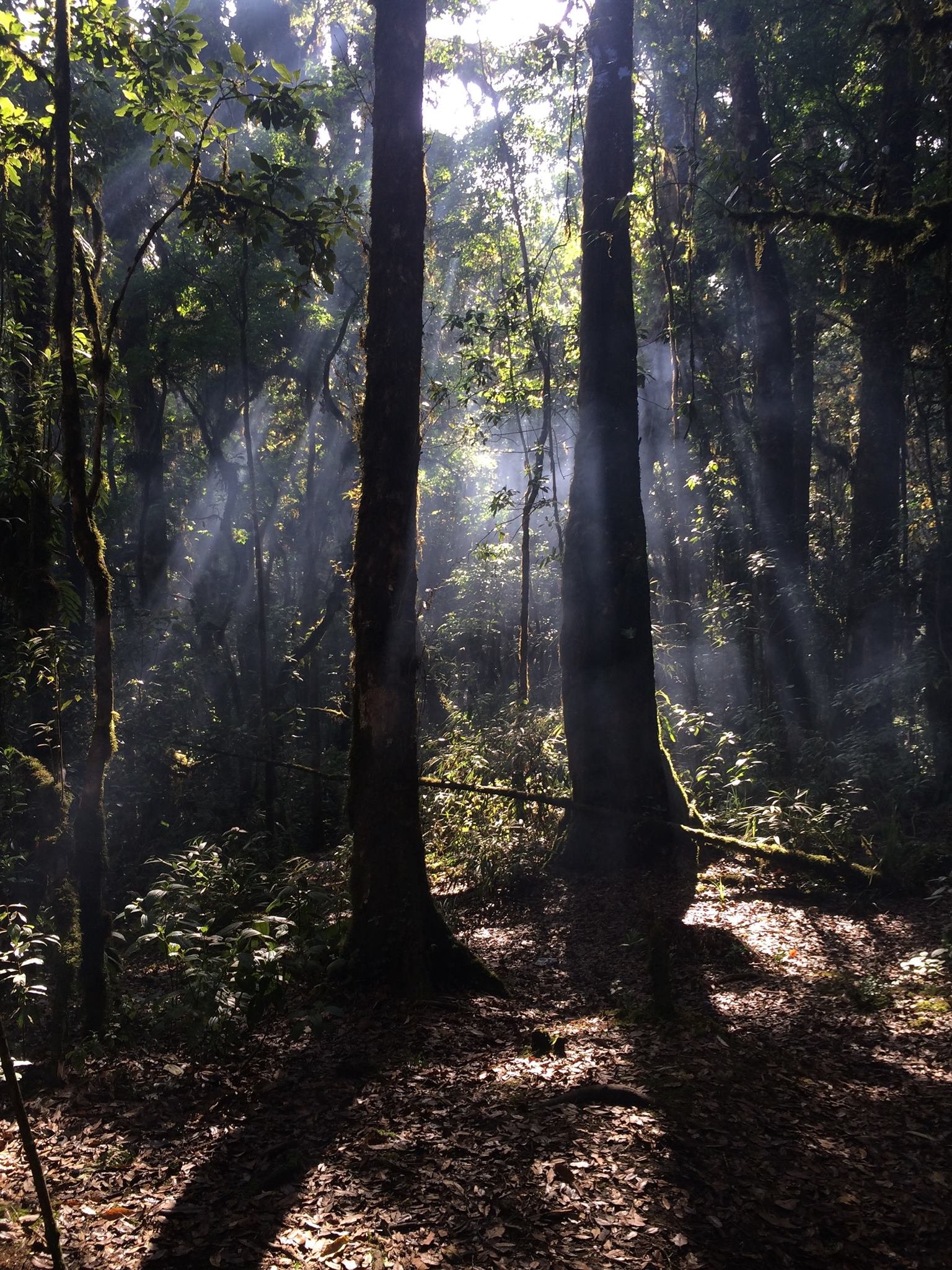
Our Research
I have broad interests in ecology and evolution, but my overarching research goal is to understand the mechanisms that promote and maintain biodiversity and drive diversification across multiple levels of biological organization. I use a cross disciplinary approach to conduct hypothesis driven research, whereby I integrate emerging trends and tools in several “omic”-based methods (genomics, transcriptomics, metabolomics), statistical and comparative phylogenomics, population genetics, and genotype-phenotype associations with organismal biology and natural history to understand how molecular mechanisms and microevolutionary processes interact with organismal traits to generate and maintain diversity in natural populations. My research program aims to address questions in three broad areas: (1) speciation genomics, (2) biodiversity systematics, and (3) evolution and adaptation of biological novelties.
Speciation Genomics
Speciation is a multi-level process unfolding through time and space. Hybrid zones offer a rich framework to studying the speciation process, as well as other microevolutionary processes. Through generations of recombination shuffling divergent genomes, hybrid zones can reveal how selection acts upon multiple axes of variation (e.g. genotype, phenotype) across whole organisms in natural populations. My current research with Dr. Erica Larson uses a classic hybrid zone to study how species boundaries are an emergent property of multiple variable barriers and how temporal variation effects selection on recombinant genomes.
Evolution of Biological Novelties
Biological novelties occur at multiple levels of biological organization from phenotypic changes to changes at the molecular level. The evolution of these novelties can give us insight into how organisms have adapted and evolved to their surrounding environments and how their environments may, in turn, evolve or adapt to those novel traits. My research explores how synthesized chemical defenses have evolved in bufonid toads and what underlying genes and pathways may be involved in toxin synthesis in these organisms.
Biodiversity Systematics
Understanding how contemporary patterns of biodiversity have been shaped and how species differ in their response to shared geographic and climate histories can allow researchers to further study the processes of speciation, reproductive isolation, and other broad evolutionary processes. My research leverages two highly biodiverse groups of organisms – amphibians/reptiles and orthopterans – to understand what microevolutionary processes may be driving patterns of biodiversity, and how these patterns have arisen and are maintained through time.




